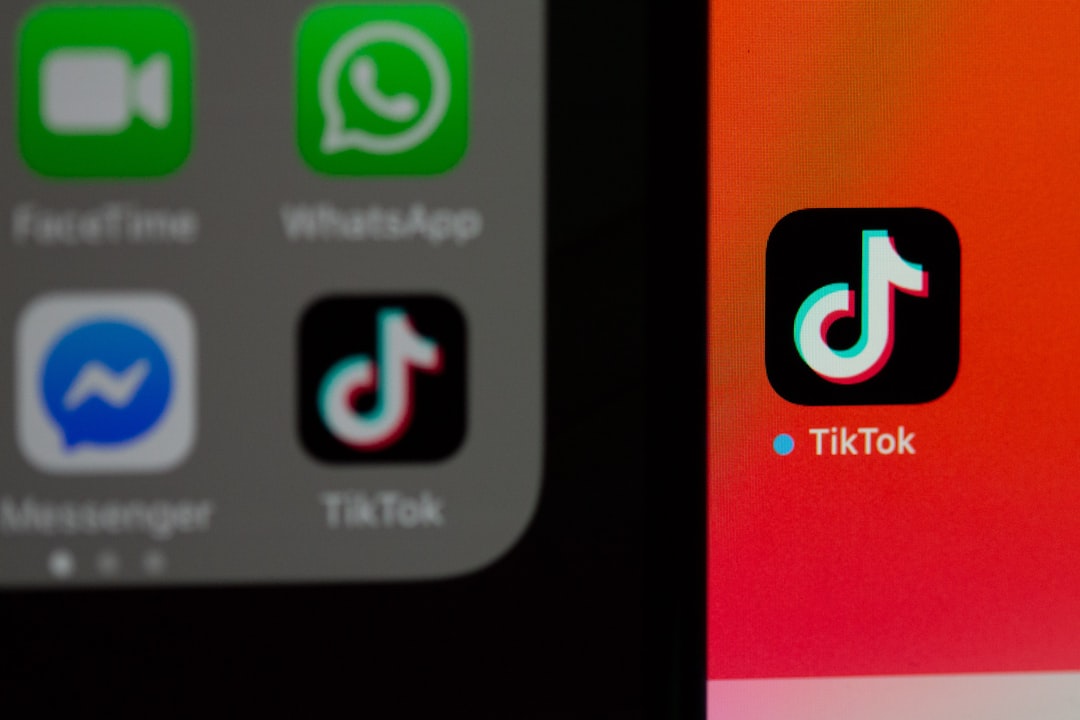
19 Billion Passwords Leaked Online: 10 Urgent Cybersecurity Steps to Take Right Now
In a shocking revelation that underscores the growing dangers of cybercrime, more than 19 billion passwords have been leaked online in what experts are calling the largest compilation of compromised credentials in history. Dubbed “RockYou2024,” this mega-leak is made up of a collection of both new and previously breached credentials, now assembled in one massive trove on a widely accessible hacker forum. Whether you’re an individual or a business, this breach is an alarm bell you can’t afford to ignore.
Digital privacy is under constant threat, and leaks of this magnitude only emphasize the importance of strengthening your personal and organizational cybersecurity hygiene. Hackers now have the keys to billions of digital accounts, putting everything from emails to bank logins in jeopardy. If you’re wondering what to do next, here are 10 urgent steps you should take right now to protect yourself and your digital assets.
1. Change All Your Passwords Immediately
Start with your email accounts—especially the one tied to your online banking, social media, or e-commerce profiles. If your current password was reused across multiple platforms, that makes you exponentially more vulnerable. Don’t reuse old passwords. Instead, opt for new, unique, and complex passwords for each account.
2. Use a Password Manager
Managing all your unique and complex passwords doesn’t have to be a headache. A trustworthy password manager can store your credentials securely and generate strong, randomized passwords for every login you use. Tools like LastPass, 1Password, and Bitwarden are among the top choices today.

Password managers come with built-in security features like encrypted storage and breach alerts. Many of them can also detect weak or reused passwords and suggest improvements instantly.
3. Activate Two-Factor Authentication (2FA) Everywhere
If a hacker manages to get your password, 2FA can still protect your account. Enable two-factor authentication on all your critical accounts: emails, bank services, cloud storage, and social media. Authentication apps like Google Authenticator or Authy are more secure than SMS-based options, which can be vulnerable to SIM swapping attacks.
4. Check If You’ve Been Compromised
Websites like Have I Been Pwned allow users to check whether their email addresses or passwords have appeared in known data breaches. It’s a quick and free way to discover if you’ve been affected by the 19 billion password mega-leak.
Input your email to get an instant report. If your credentials show up in the database, consider that account compromised and update your passwords immediately.
5. Review Account Activity for Unauthorized Access
Go through the login history and activity logs for your most-used platforms. Look for any strange IP addresses, devices, or times of access. Most online platforms like Gmail, Facebook, and Amazon provide activity logs that show when and where your account was accessed.
If you see something unfamiliar, log out all other sessions and change the password for good measure.
6. Alert Your Contacts
If any of your accounts were compromised—especially email or social media—there’s a good chance malicious actors may use your identity to try and scam your friends, family, or associates. Send out a quick message to alert people not to click on unexpected links you may have “sent” or respond to unusual messages.
This simple act can prevent widespread damage beyond your own compromise.
7. Update Security Questions
Security questions remain a weak link in many authentication flows. If your mother’s maiden name or the street you grew up on is the same answer across multiple services, attackers might gain access through social engineering or publicly available information.
Use fictional but memorable answers and store them in your password manager for consistency. For example, if the question is “What is your favorite pet?” consider using “PurpleElephant#42” instead of your actual dog’s name.
8. Audit Connected Apps and Third-Party Integrations
Over the years, you’ve likely granted access to dozens of third-party apps through Facebook, Google, or other platforms. These apps often retain ongoing access to data—some even without your ongoing knowledge.

Regularly audit which apps have access to your accounts and revoke those you don’t recognize or no longer use. This reduces the number of entry points for potential hackers who may exploit outdated or insecure integrations.
9. Keep Software and Devices Updated
Hackers often capitalize on known software vulnerabilities to execute breaches. That’s why it’s essential to keep your operating systems, mobile apps, browsers, and antivirus software up to date. Enable automatic updates wherever possible to ensure you’re always protected by the latest security patches.
Also, consider enabling BIOS and firmware updates, especially for workstations and laptops, as hardware-level vulnerabilities can also be exploited.
10. Educate Yourself and Your Team
This breach serves as a reminder that cybersecurity is not just a toolset—it’s a mindset. Take the opportunity to educate yourself and those around you. Employees, family members, and friends should know the basics of digital hygiene, including avoiding phishing links, verifying requests for sensitive information, and staying alert to social engineering tactics.
Businesses should consider hosting mandatory cybersecurity awareness training sessions to strengthen their weakest link—human behavior.
Why This Breach is So Alarming
The “RockYou2024” file, as researchers named it, collects credentials from thousands of data breaches ranging over a decade. The sheer volume—19 billion pairs of usernames and passwords—makes it a gold mine for cybercriminals running brute-force or credential-stuffing attacks.
What makes matters worse is how easily these credentials are now obtainable. The compilation was posted on widely-accessible hacking forums, meaning even low-skill cybercriminals can leverage these logins to access your most private information.
Long-Term Strategy: Build Zero Trust
As digital threats grow more complex, both individuals and corporations must adopt a zero-trust security model. This approach assumes that every access request—internal or external—is potentially malicious. Validation, authentication, and continuous monitoring become standard.
Key components of zero-trust include:
- Multi-layered authentication mechanisms
- Least privilege access (only necessary permissions granted)
- Network segmentation to minimize breach impact
While it might sound technically advanced, aspects of zero-trust can be applied even at the individual level. For example, always question emails or messages requesting sensitive information—even if they appear to come from someone you know.
Final Thoughts: Stay One Step Ahead
The 19 billion password leak is not just a statistic. It’s a reminder of the persistent vulnerabilities in our digital livelihoods. Cybercriminals aren’t slowing down, which means neither should your defenses.
It takes just one reused password, one neglected update, or one insecure integration to open the door to a catastrophic outcome. By implementing the ten steps above, you significantly reduce your exposure and make yourself a far tougher target for hackers.
In today’s world, good digital hygiene isn’t optional—it’s essential. Don’t wait for a personal breach to take action. Start now.